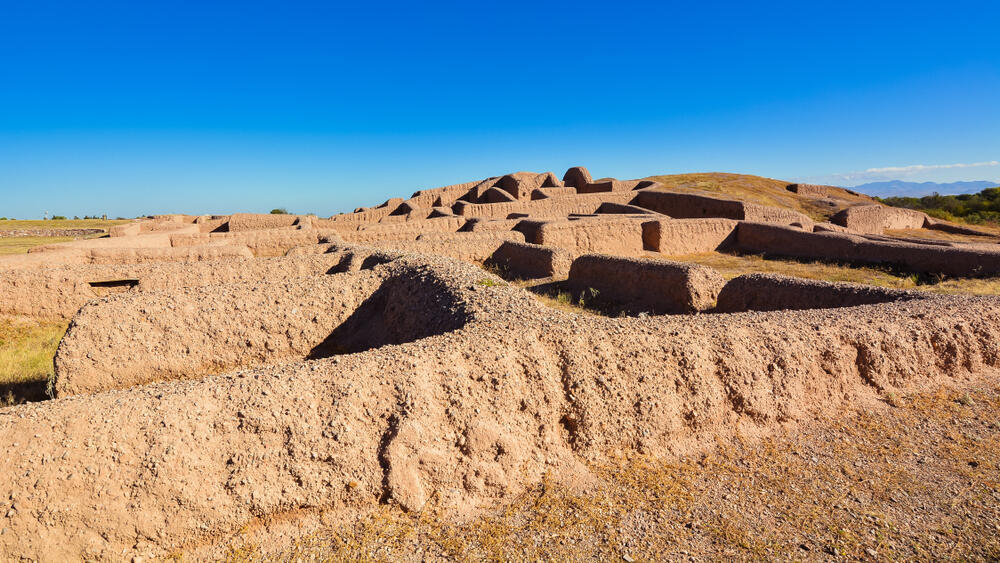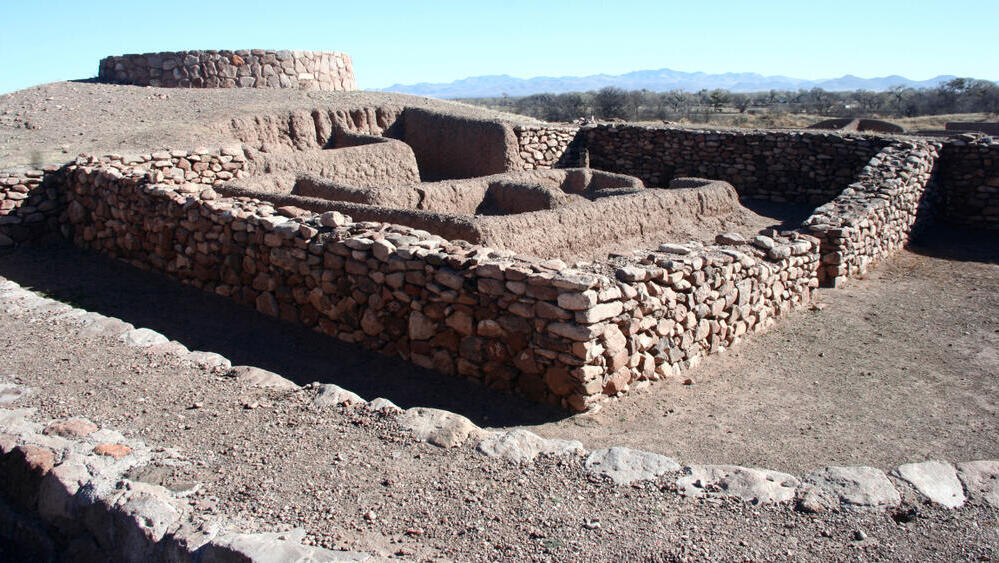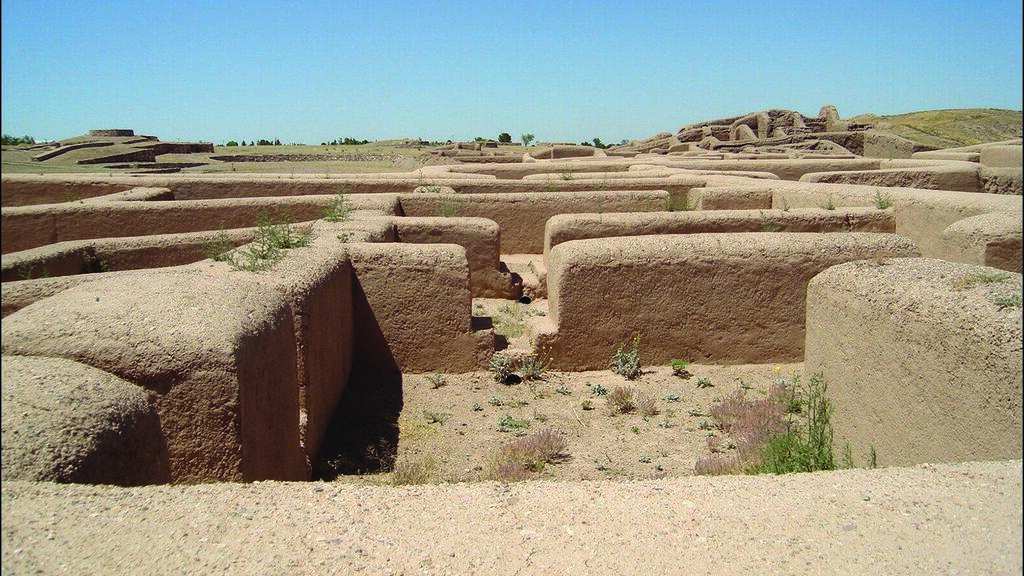Getting your Trinity Audio player ready...
DNA analysis from the unique burial site of a child in Paquimé, an archaeological site in northern Chihuahua, Mexico, has provided rare insights and an example of close ties among elites from the Mogollon culture, whose people inhabited the ancient site.
Additionally, new light has been shed on sacrificial rituals performed for a child born to parents who were genetically related, including the significance of these rituals for those who carried them out.
Paquimé, also known as Casas Grandes (meaning "large houses"), was the political and ceremonial center of the Mogollon culture — one of the major prehistoric cultures in the southwestern U.S. and northern Mexico — during the 13th and 14th centuries CE.
The site initially contained dozens of housing clusters, each with a courtyard and surrounding wall. These dwellings built from adobe were single-story and shared a communal water system. After a fire took place around 1340, the site was rebuilt with multi-story structures and about 2,000 adjacent adobe rooms, Mesoamerican ball courts shaped like the letter "I," stone-covered platforms, animal-shaped mounds and a marketplace.
Although Paquimé has been a focal point for many archaeological studies and a UNESCO World Heritage Site since 1998, little is known about the genetic makeup and social organization of those who inhabited the ancient site.
" Archaeologists have studied Paquimé for decades and have learned much about its rise and fall, the people who lived there, their ritual practices, and more," said Dr. Jakob Sedig from the Department of Human Evolutionary Biology at Harvard University, the lead author of the study published in the Antiquity journal.
"However, many questions remain, especially about the site's social hierarchy and how Paquimé's inhabitants were biologically related to each other and their neighbors,” he added. To answer these questions, Dr. Sedig and his colleagues from several institutions in the U.S. and Mexico conducted a DNA analysis of the child’s unique burial site.
The burial was performed by the inhabitants of Paquimé in the "House of the Well," a structure considered to be the ceremonial center of the site due to the ritual objects within it and its connection to a sacred underground well. The researchers hypothesized the person buried in this structure was part of a noble lineage.
The most significant findings from the analysis were exceptionally long and unusual homozygous segments — DNA sequences on the paternal chromosome that are identical to those on the maternal chromosome — indicating the parents might have been close relatives or distant relatives who unknowingly inherited identical DNA segments from common ancestors.
"This individual has one of the highest runs of homozygosity values of all published ancient individuals in the Western Hemisphere," Dr. Sedig said. "This means that the child had parents who were more closely related than first cousins."
In most societies, close kin relationships are considered taboo, but they weren’t uncommon among ancient elites in many cultures, often serving as a status symbol or to preserve bloodlines.
This case, a human sacrifice, suggests the culture’s elites believed that sacrificing a child born to genetically related parents from the same lineage held special power, with the specific sacrifice serving to enhance the sanctity of a structure of ritual significance.
The study’s findings could have far-reaching implications for understanding social organization in pre-Columbian Mexico before the arrival of the Spanish conquistadors. "These results provide unique insight into social hierarchy and socio-religious practices at Paquimé," Dr. Sedig concluded.
"The next steps in this research are to continue analyzing the ancient DNA of individuals from Paquimé and northern and western Mexico to help us understand how different groups moved and mixed through time."




